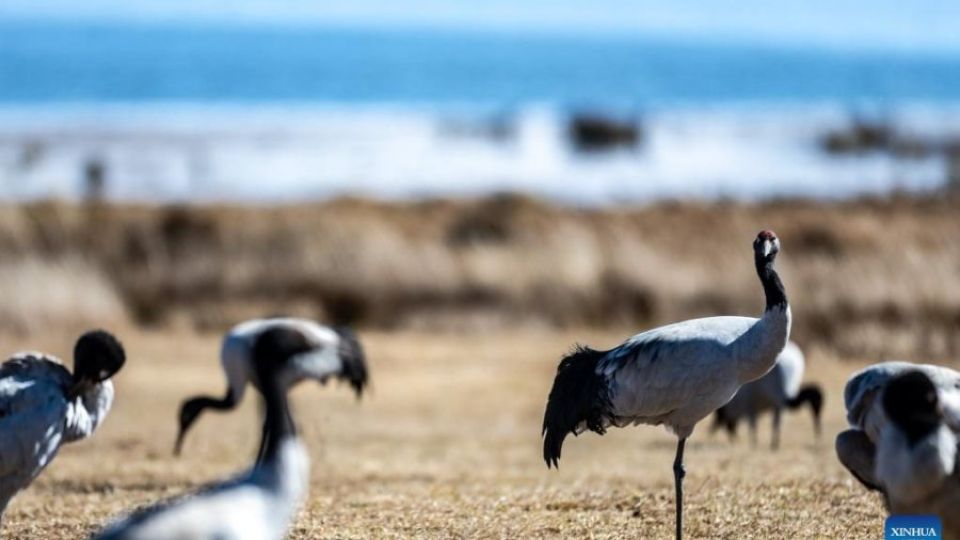December 20, 2022
BEIJING – Enhancing biodiversity education and enabling children to personally participate in conservation efforts are keys to building a sustainable future and ensuring that future generations can shoulder the responsibility of protecting biodiversity, according to a new report.
The report, compiled by the China National Children’s Center and the Center for Environmental Education and Communications of the Ministry of Ecology and Environment, was released during an online side event of the 15th meeting of the Conference of the Parties to the United Nations Convention on Biological Diversity, or COP15, in Montreal, Canada. COP15 is scheduled to conclude on Monday.
The report analyzed the theoretical, legal and political foundations for children’s participation in biodiversity conservation, and it listed effective practices to raise biodiversity education and awareness among youth.
Cong Zhongxiao, Party secretary of the China National Children’s Center, said on Friday that the report is the first of its kind in China to examine the relationship between children’s development and biodiversity conservation.
Cong said China has a strong willingness to participate proactively and contribute to the global governance of biodiversity and the promotion of sustainable development.
“Children are the world’s future, and they will be the future builders of Earth and our home,” Cong said.
The report shared the experiences and practices of biodiversity education for Chinese children, and it can serve as a reference for the international community to facilitate children’s participation in biodiversity conservation efforts, she added.
He Jiazhen, deputy director of the Center for Environmental Education and Communications of the Ministry of Ecology and Environment, said China has attached great importance to preserving and protecting biodiversity.
Over the past decade, China has effectively protected 90 percent of terrestrial ecosystem types and 74 percent of key State-protected wildlife populations, he said. In addition, more than 300 rare and endangered wildlife populations have been restored, and China has completed a total of 64 million hectares of afforestation, accounting for a quarter of the world’s total.
“China couldn’t have achieved these feats without the support of the entire society, and Chinese youths have positively contributed to fulfilling these goals,” he said.
He added that the center would continue to raise children’s awareness and interest in biodiversity conservation and guide them to become the new force in conservation efforts.


